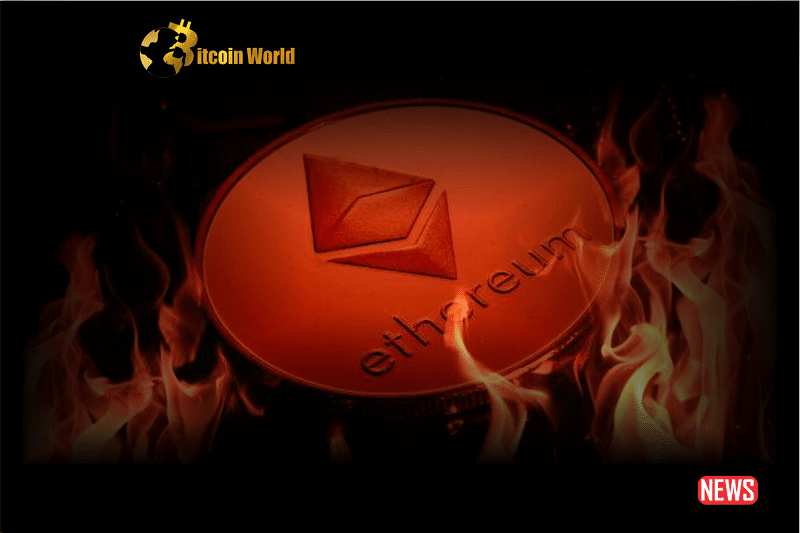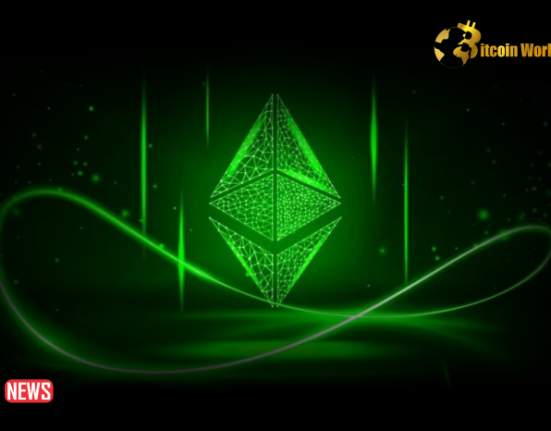Ethereum, the second-largest cryptocurrency by market capitalization, has made significant strides towards its vision of becoming “ultra sound money” over the past two years since implementing “The Merge.” The network’s transition from a proof-of-work to a proof-of-stake system via the Beacon Chain has led to the burning of over 3.5 million ETH, out of the 6.5 million ETH issued as of August 7, according to Ultra Sound Money data.
Consequently, Ethereum has transformed into a slightly deflationary asset, witnessing a decrease in supply by approximately 0.98% annually. This deflationary trend stems from the active burning of coins, ultimately reducing the circulating supply of ETH over time.
As of August 7, Ethereum’s total supply stood at over 120.2 million, with an annual issuance of around 580,000 ETH, as per on-chain data. However, the long-term goal is to surpass the rate of issuance with the coin burning rate, turning Ethereum into a fully deflationary asset – a concept highly cherished by Ethereum enthusiasts as “ultra sound money.”
The road to becoming “ultra sound money” began on September 14, 2021, when Ethereum successfully merged its proof-of-work and proof-of-stake systems. This milestone coincided with a bullish cycle that propelled ETH and altcoin prices to record highs. ETH reached its all-time peak of approximately $4,900 during this period.
Despite the initial euphoria, the subsequent cooling of prices in 2022 had adverse effects on decentralized finance (DeFi) and non-fungible token (NFT) trading activities on the Ethereum network.
Ethereum’s impressive coin burning performance primarily originates from ETH transfers, with significant contributions from smart contract activities. Platforms like OpenSea, a prominent NFT marketplace, and Uniswap, a popular decentralized exchange, have been driving the burning activity. Additionally, the transfer of ERC-20 USDT stablecoin continues to contribute to the burning process.
A pivotal turning point in Ethereum’s deflationary journey came with the activation of the London hard fork in August 2021. The hard fork introduced multiple enhancements, but the implementation of the Ethereum Improvement Proposal (EIP)-1559 played a crucial role.
EIP-1559 aimed to enhance transaction flow by introducing a base fee for transactions and expanding block sizes for better scalability. This shift from the previous bidding approach ensured that any transaction could be included in the next block, streamlining the network’s operations. However, it is worth noting that gas fees on the Ethereum network remain among the highest in the cryptocurrency sphere.
As Ethereum continues to make strides towards becoming “ultra sound money,” the network’s community and investors eagerly anticipate the achievement of the ultimate goal. A deflationary Ethereum could solidify its position as a store of value and potentially reshape the landscape of the cryptocurrency market.
With each passing day, the vision of “ultra sound money” becomes more tangible, as Ethereum steadily burns its way to a transformed financial future. As the crypto space evolves, all eyes remain on Ethereum’s progress, waiting to witness the fruition of its ambitious quest for deflationary excellence.














